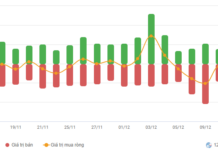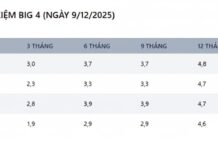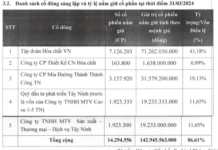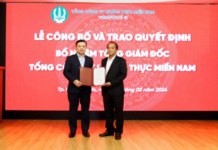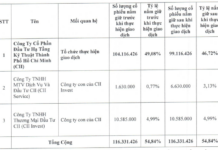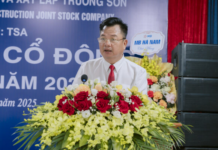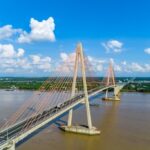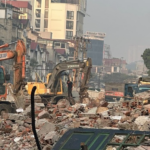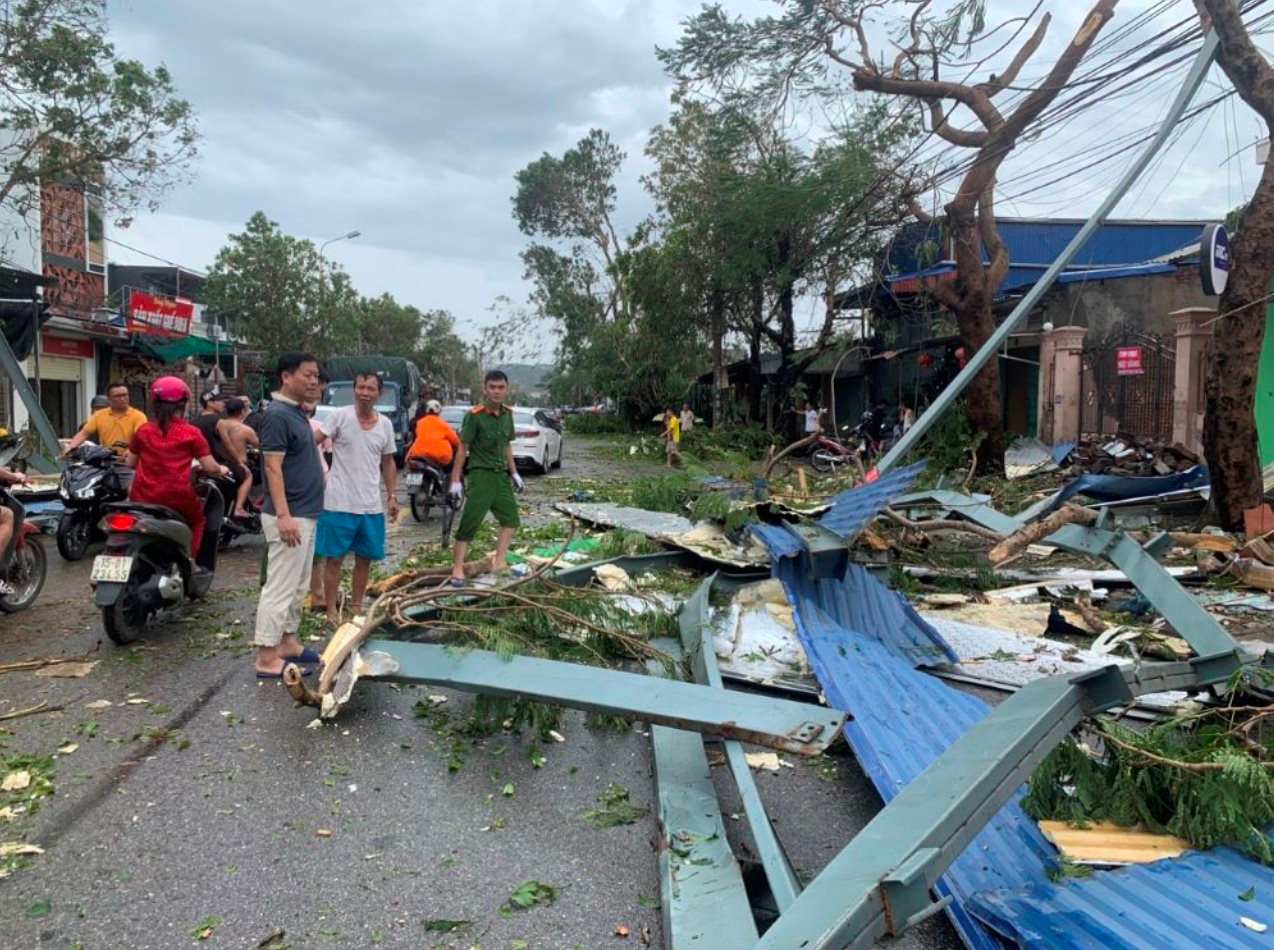
Discussing the impact of Super Typhoon Yagi on Vietnam’s economy, Mr. Nguyen Ba Hung, Chief Economist at the Asian Development Bank (ADB) in Vietnam, stated that aside from the loss of life, the storm caused significant damage to people’s existing assets and future income.
In terms of emergency relief efforts, Vietnam has provided VND 350 billion to affected localities, in addition to contributions from the people and support from international organizations.
According to Mr. Hung, the Vietnamese government has also implemented measures to restore agricultural production over the long term.
An often-overlooked factor in post-disaster reconstruction is insurance, which Mr. Hung highlights as a critical source of support.
“Following global practices, insurance contributions are the primary source of funding for reconstruction. For instance, in the United States, Hurricane Katrina caused $120 billion in damage, with insurance contributions amounting to over $40 billion, directly aiding the recovery of assets and incomes of those affected by the storm,” Mr. Hung explained.
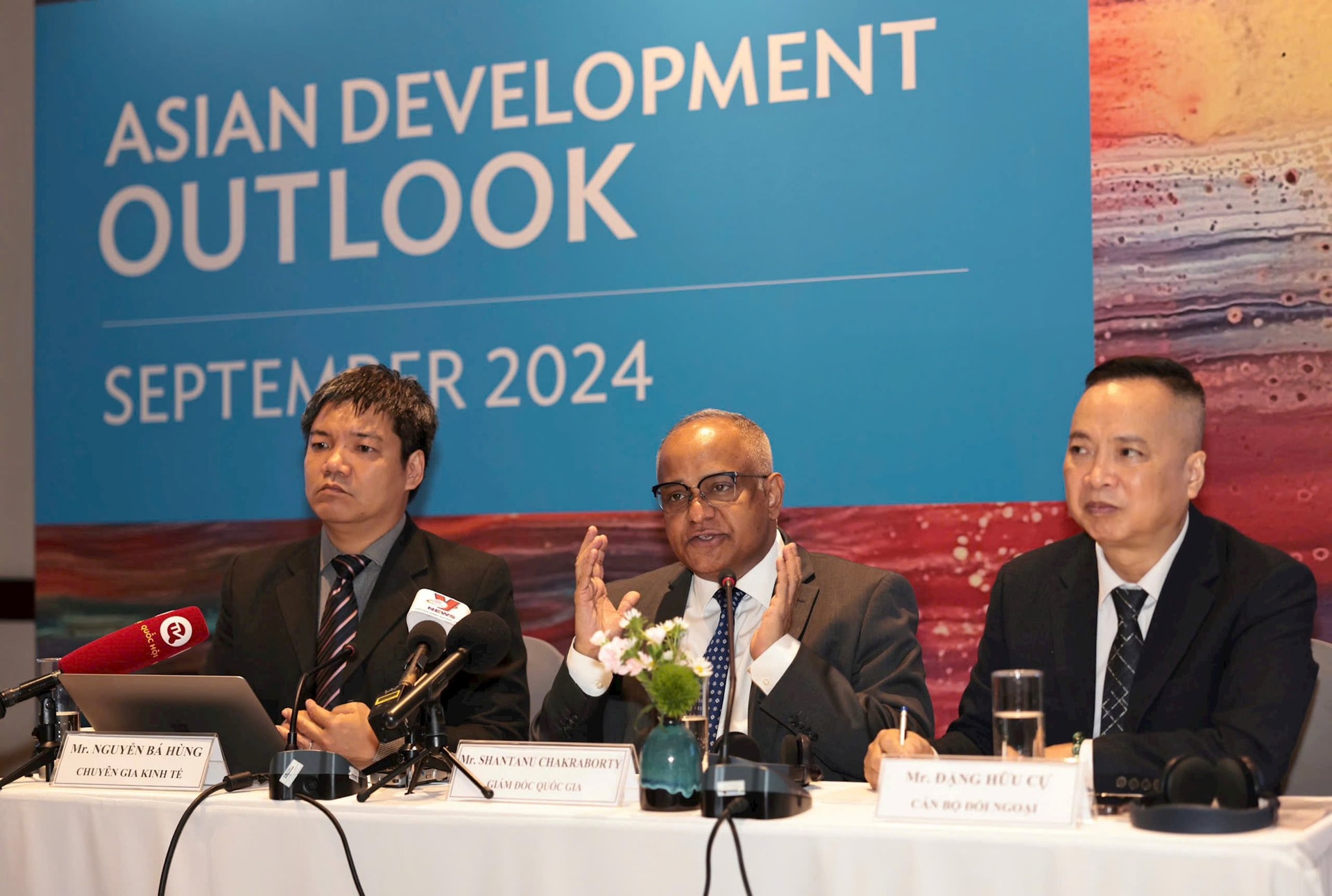
Super Typhoon Katrina, which struck the United States in 2005, caused widespread devastation along the Gulf Coast from Central Florida to Texas, resulting in more than 1,800 fatalities.
Regarding the economic impact of Typhoon Yagi on Vietnam, at the Standing Government Conference on September 15, Minister of Planning and Investment Nguyen Chi Dung reported that in addition to the loss of life, the storm caused approximately VND 40,000 billion in damage to the people’s and state’s assets. According to the Ministry of Planning and Investment, this impact could reduce the country’s GDP by 0.15%, compared to the growth scenario presented at the end of the second quarter (6.8% – 7%).
“I believe that the best mechanism for short- and medium-term recovery is through insurance and budget support, such as public investment in restoring infrastructure affected by natural disasters, as well as agricultural production support programs like post-disaster field recovery, seed support, and production materials for the next crop,” said Mr. Hung.
Regarding the 0.15% impact on GDP mentioned by the Ministry of Planning and Investment, Mr. Hung opined that while it may seem low, it will be the final figure as post-disaster reconstruction and remediation efforts will make up for the loss in growth.
According to the Asian Development Outlook report by ADB, weather-related events and the impacts of climate change are among the short-term risks to Vietnam’s economy, along with geopolitical tensions, trade disruptions, and the rise of protectionism, which is heavily influenced by the outcome of the US presidential election.
Looking at economic growth for 2024, ADB forecasts a positive outlook for Vietnam, with an estimated gross domestic product (GDP) growth of 6% in 2024 and 6.2% in 2025.
“Vietnam’s economy rebounded strongly in the first half of 2024 and maintained its growth momentum despite global instability. This stable recovery was achieved through improved industrial production and robust trade growth,” said Shantanu Chakraborty, ADB Country Director for Vietnam.
The Power of Delegation: Empowering Local Leadership for Efficient Governance
Inaugurating the Government’s law-themed session on the morning of September 23rd, Prime Minister Pham Minh Chinh emphasized the need to enhance decentralization and delegation of authority. He stressed that subordinates should not have to “ask” for permission from higher-ups for every minor matter and that decisions should be based on established regulations. The Prime Minister underscored the importance of empowering lower levels of government to make decisions independently, without having to seek approval from the central authorities for every trivial issue.
SpaceX Plans to Invest Billions in Vietnam in the Coming Years
SpaceX’s Senior Vice President, Tim Hughes, has stated that Vietnam is a highly promising market for the company’s satellite internet development plans. The corporation intends to invest billions of dollars in the country in the coming years, recognizing the potential for growth and expansion within the Vietnamese market.




